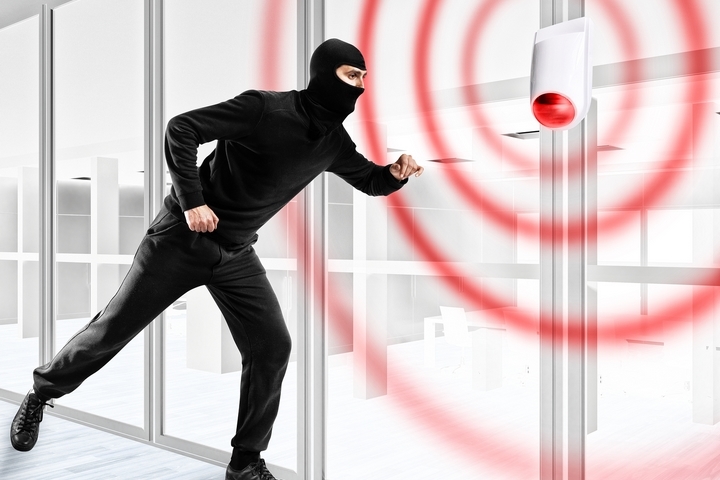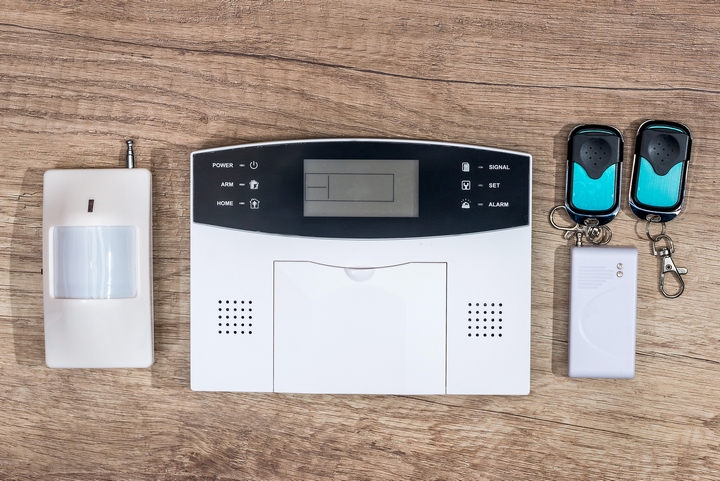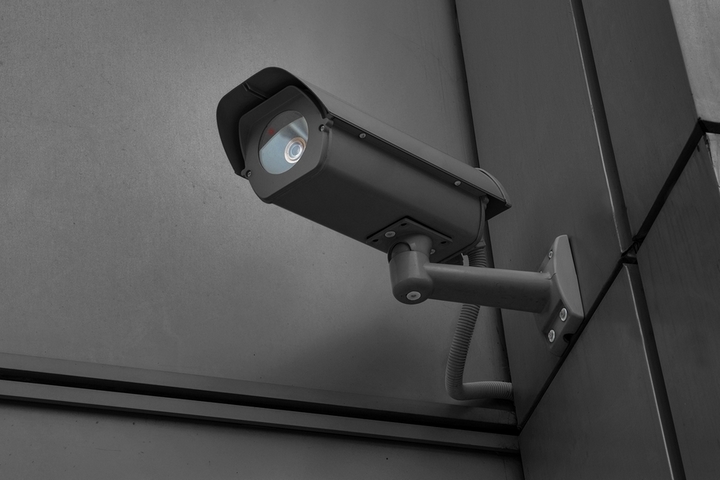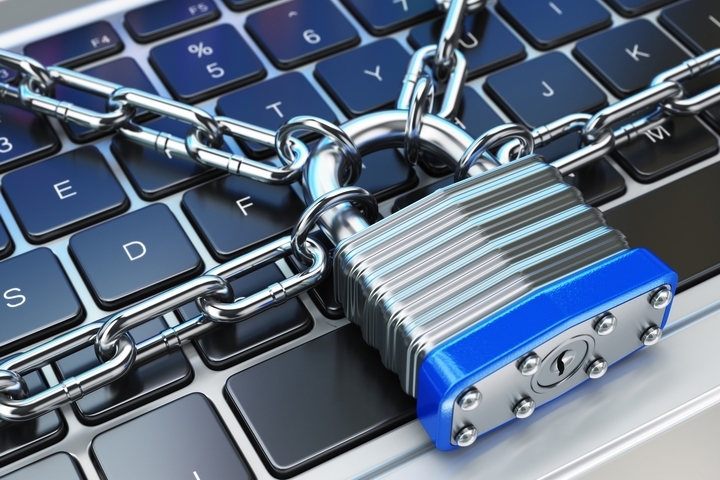
How to Secure Business Office from Intruders
The average office building isn’t an elaborate design. It’s fairly easy to understand an office’s spatial elements and how to penetrate them if you’re thinking from a security threat perspective. You do not want an office vulnerable to security breaches, no matter your business.
Securing an office building is an important lesson in having a safe working environment. Here’s everything you need to know about how to secure a business from intruders:
1. Business Security Guards

When you have security guards on-site, it’s a major deterrent to crime. Furthermore, you have someone there trained and ready to act in the event of a break-in or security issue. These professionals obtained a professional security guard license, making them qualified to protect your business office.
The physical presence of on-site security also means patrols can be taken and that security technology is adequately monitored. Should an incident happen, they have the knowledge to resolve it as efficiently as possible, something which your employees may not be so well-versed in.
2. Electronic Access Keys

A basic way to know who’s in and prevent unauthorized access is by handing out electronic keys to those authorized and installing an electronic door lock. When an authorized party wishes to enter, they swipe their key and in they go.
The door then locks behind them. This is also a way to control who can access what and where. For example, you can program a key only to access the main area but be denied at certain rooms.
3. Sign-In Sheet

Having a security guard upfront or a skilled admin to document who’s coming and going is necessary for busy offices. A sign-in sheet is for people who do not have access cards. This is a database of visitors that can be monitored by either an admin or security.
Depending on the business, you may want to have a security guard in this role who can prevent the entry of people armed with weapons or bad intentions.
4. Window Sensors

You can monitor who’s coming through the door, but it’s not the only access point to an office. Your windows can also be a quick and easy way for an experienced criminals to make their way inside during off-hours.
Installing window sensors can pick up on break-ins as they occur. These window sensors can be programmed to notify the authorities or security personnel on-site instantly with a security system.
5. Multiple Office Security Alarms

Your front-door access system is one. Your window sensors are another. Multiple office alarms that trigger manually or by action can notify the police or security personnel when there’s a security issue.
In some cases, you may prefer these as silent alarms for safety purposes. Especially in high-risk settings, alarms are imperative. They are an important line of defence, countering theft and protecting data.
6. CCTV Surveillance

You can’t have a security guard everywhere at all times. For larger office buildings, security cameras at vulnerable areas of the premises document everything that goes on there.
Even if security’s not there at a given moment, you have documentation should there be a security breach. Remote cameras can also be monitored and automatically kept as recordings. The appearance of cameras will deter crime and be used as evidence in a court of law.
7. Locked Data

Intelligent office security design is about deterring criminal activity, blocking it from progressing, and, should a security breach occur, slowing it down. Confidential data shouldn’t be kept out in the open.
Always have your business’ most important assets under lock and key. This will mean more time will have to be spent by someone trying to gain access. This time may be just what’s needed to catch them or prevent the security incident from happening in the first place.
8. Business IT Security Programs

In this day and age, criminals have another way of accessing the assets in an office building. That’s through online. A hacker can gain access to private data files, shut down systems, sell confidential information, and/or hold you for ransom.
Advanced network security systems have to be set up to prevent these attacks. This is outside the scope of most security agencies, necessitating the involvement of a trained IT professional specializing in network security.
9. Workplace Safety Training

For all the effort you invest in securing an office building, you can easily be compromised if employees aren’t following the procedures and policies you’ve put in place. Ensure routine workplace safety training, outlining your office’s various security policies.
Also, ensure your employees use equipment properly. They should know how to handle data and documents appropriately. Plus, teach them to not compromise the perimeter or take action that indirectly exposes an office to a breach.
